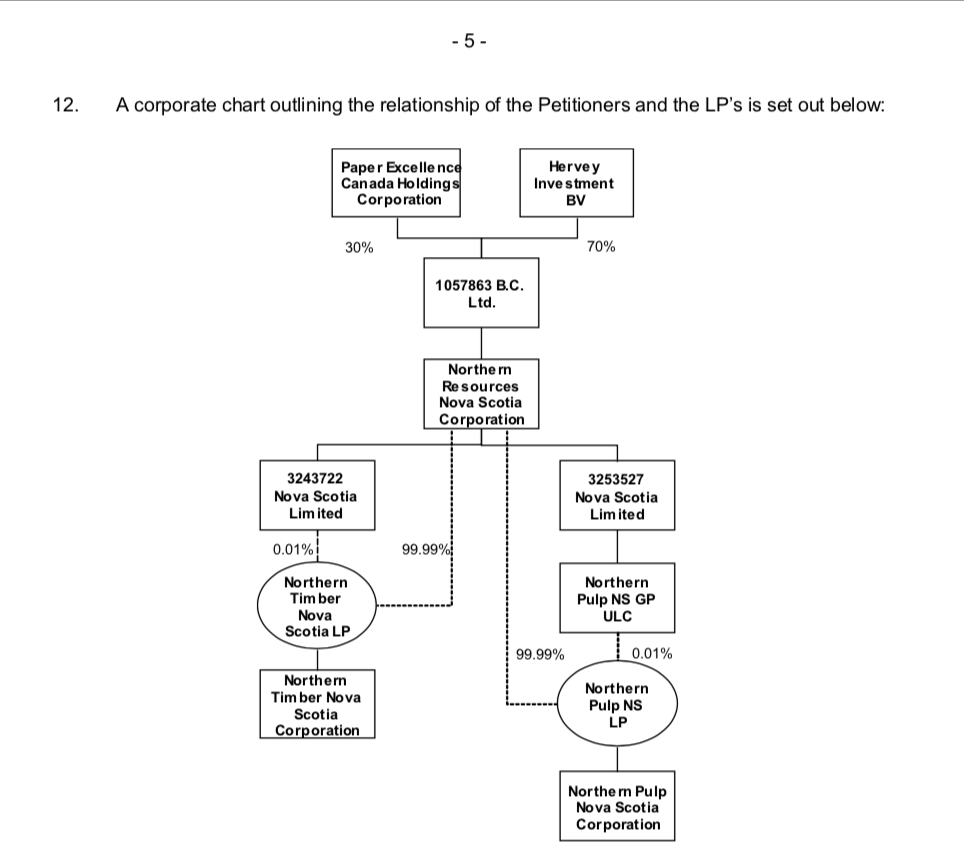This article was originally published by the Halifax Examiner on November 19, 2021.

Photo: Joan Baxter
Nova Scotia has long been a popular place for settlers, but in the last century it also became a popular place for non-residents — including many well-heeled Americans and Europeans — to purchase properties.[1]
For decades, scholars and successive governments have debated the issue of non-resident land ownership in a province with relatively little Crown land, and waterfronts being carved up into private properties that reduce public access to Nova Scotia shorelines.
The COVID-19 pandemic has caused a real estate boom in Nova Scotia, including most rural counties, as people from urban centres, elsewhere in Canada, and abroad looked for ways to escape crowded areas.
A few months into the pandemic, the German magazine, Der Spiegel, broke the story that some right-wing conspiracy theorists were marketing Cape Breton to like-minded German-speaking Europeans, which added yet another dimension to longstanding questions about non-resident land ownership in Nova Scotia.
This three-part series follows up on the 2020 coverage of this issue, and looks into some of the complex questions it raises, even as the province prepares to change the property tax rate for non-resident owners. The first of the three articles updates the story of conspiracy-minded German speakers promoting Cape Breton as a refuge.

Beaver Lodge Estates road. Photo: Joan Baxter
The new subdivision is called Beaver Lodge Estates, and at this point, it’s little more than a gravel road carved into the scrubby woodlands near Cleveland in Richmond County, Cape Breton, about a 15-minute drive east from Port Hawkesbury.

Google Maps Screen Shot showing Beaver Lodge Estates in its first phase
The 57 lots in the Beaver Lodge Estates — where no beaver lodge is visible, by the way — are very basic. And that’s being generous.
Some are still marked only by signs bearing lot numbers affixed to trees. Some are small clearings with no septic system or water supply, accessed by a driveway branching off the two-kilometre-long gravel road that has been driven through the wooded landscape.

Beaver Lodge Estates road in Richmond County, Cape Breton (Contributed)
So far, just four of the lots have homes on them, and only two of those are occupied.

Beaver Lodge Estates lot with prefab house. Photo: Joan Baxter
The land development company behind the venture, Golden Lake Estates, says it is selling off the lots in phases.

Golden Lake Estates website showing Beaver Lodge Phase II. Screen Shot from September 30, 2021.
“After the first and second phase of Beaver Lodge Estates were so well received, we were able to continue this development with the third phase and thus 16 more properties,” says the blurb on the website of Golden Lake Estates, the new name for the company that emerged after an “amalgamation” of Cape Breton Real Solutions in September 2020, which attracted negative press coverage in July and August that year.
More on that later, but first a look at who is snapping up Golden Lake Estates properties, and at what price.












